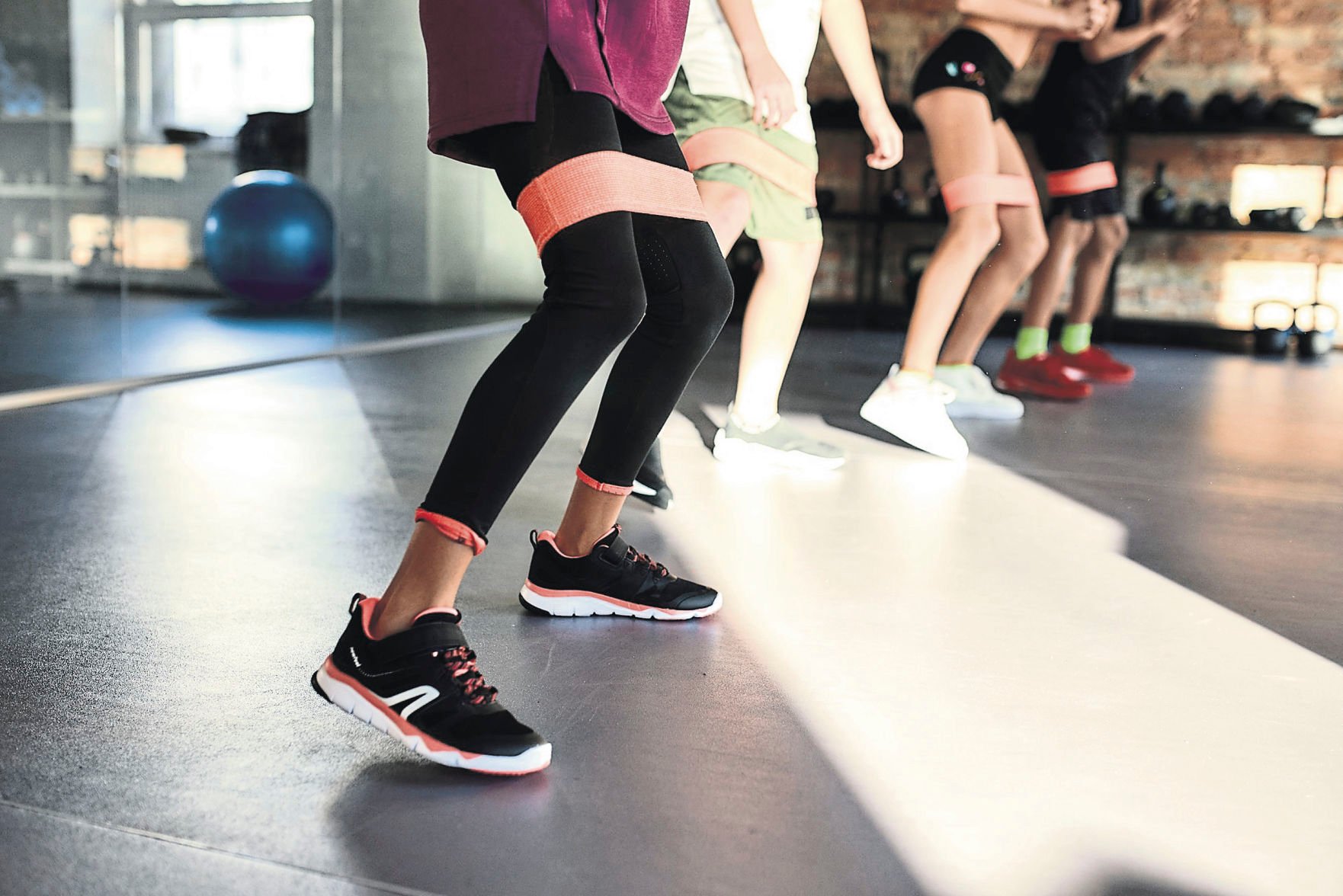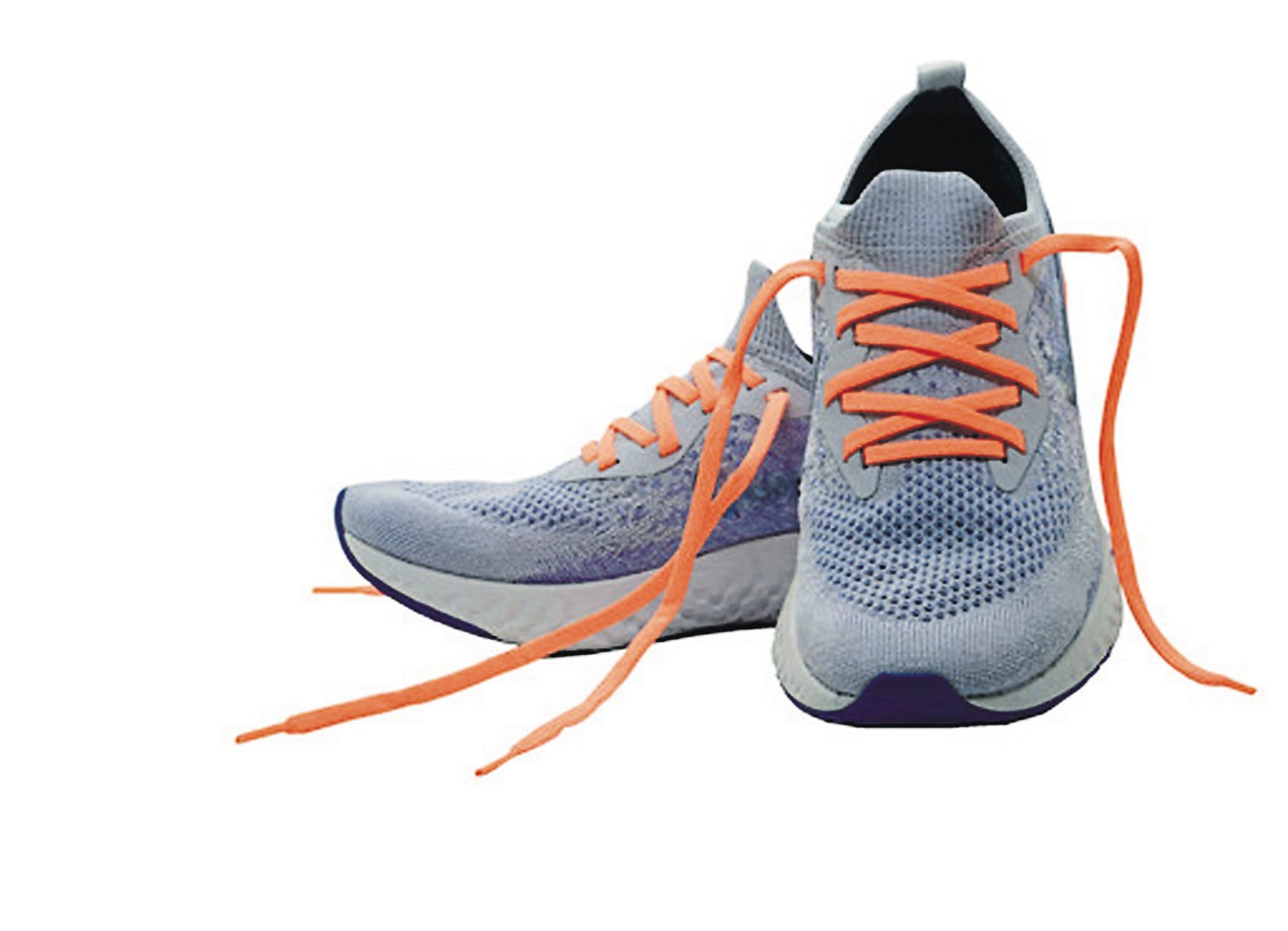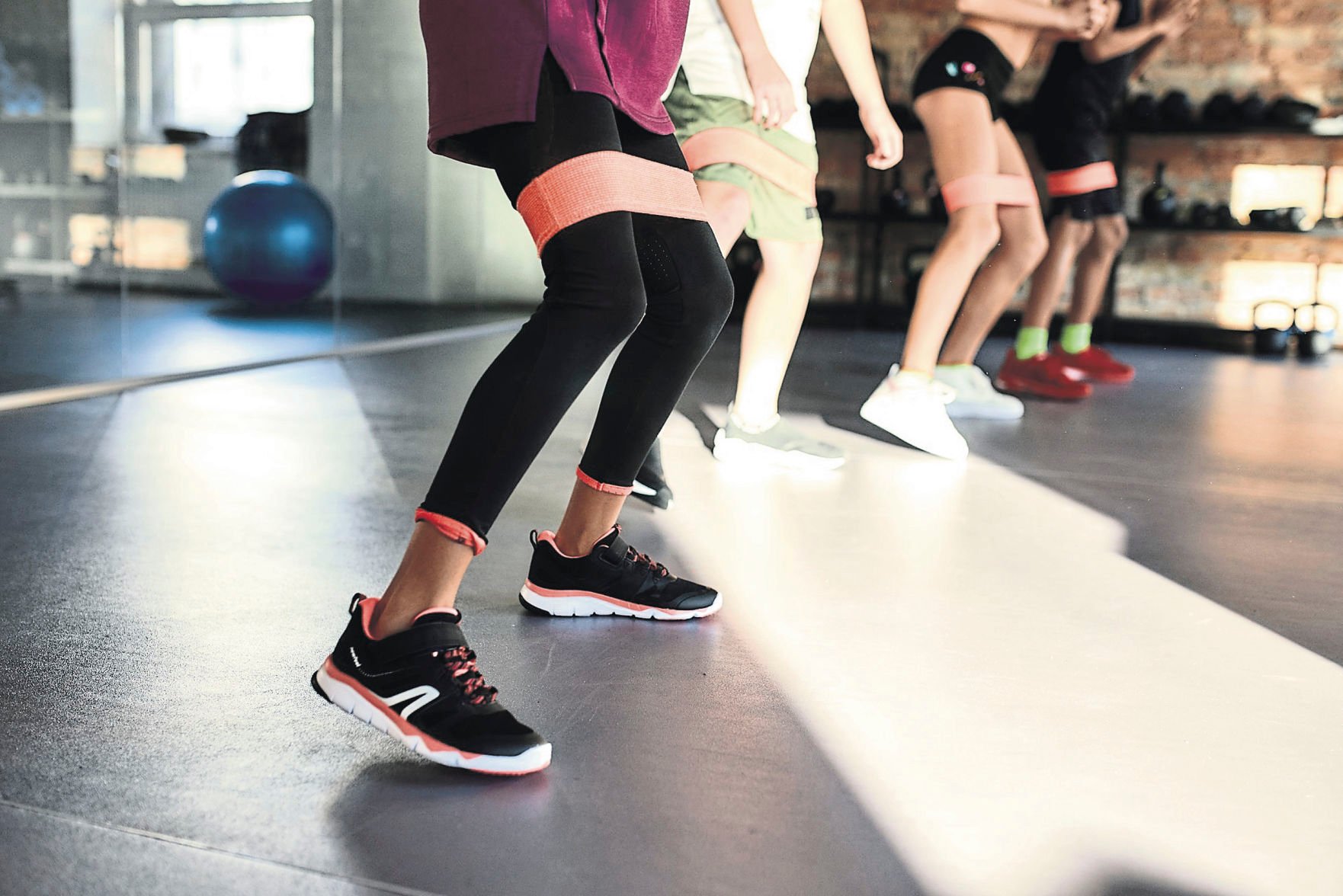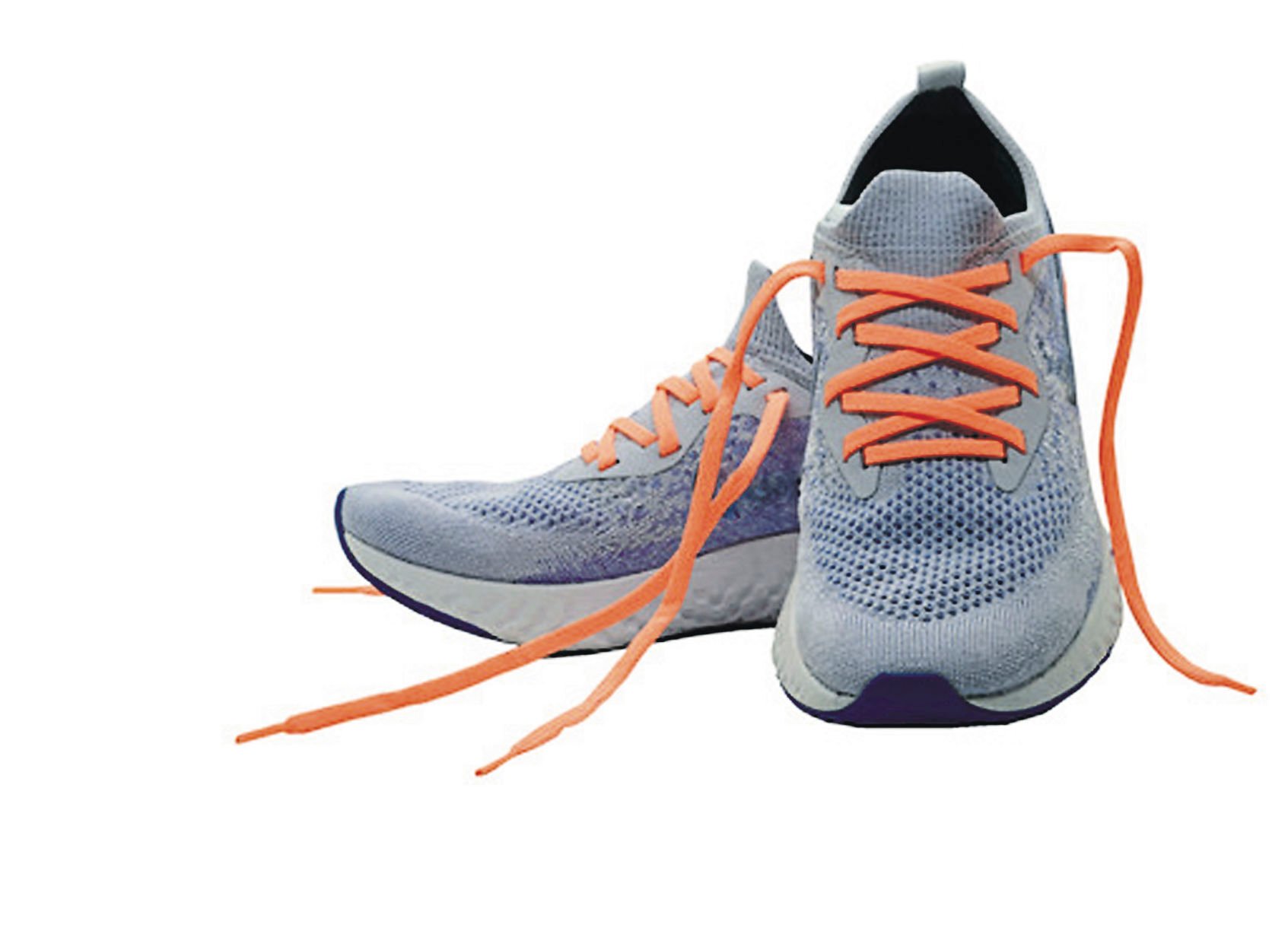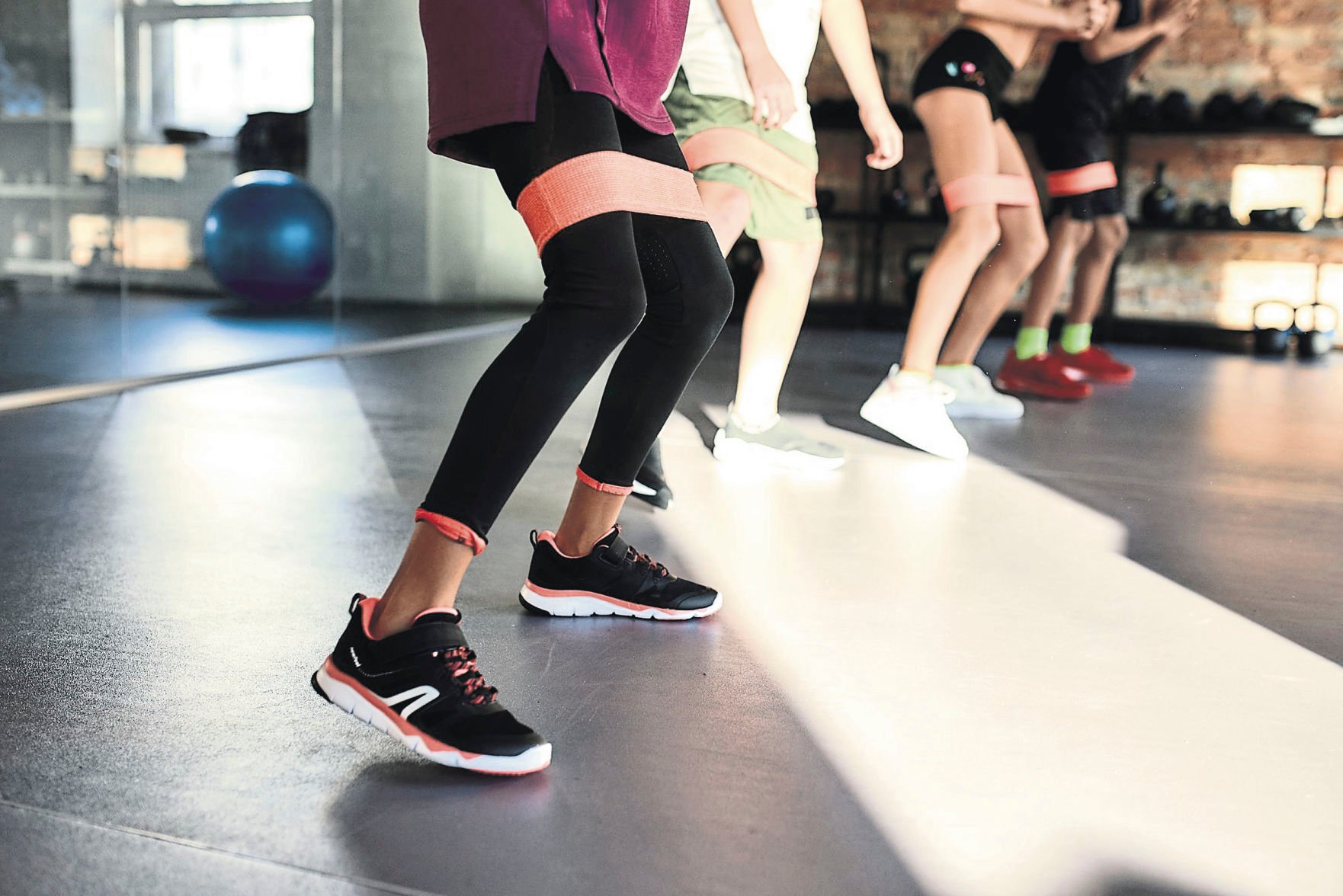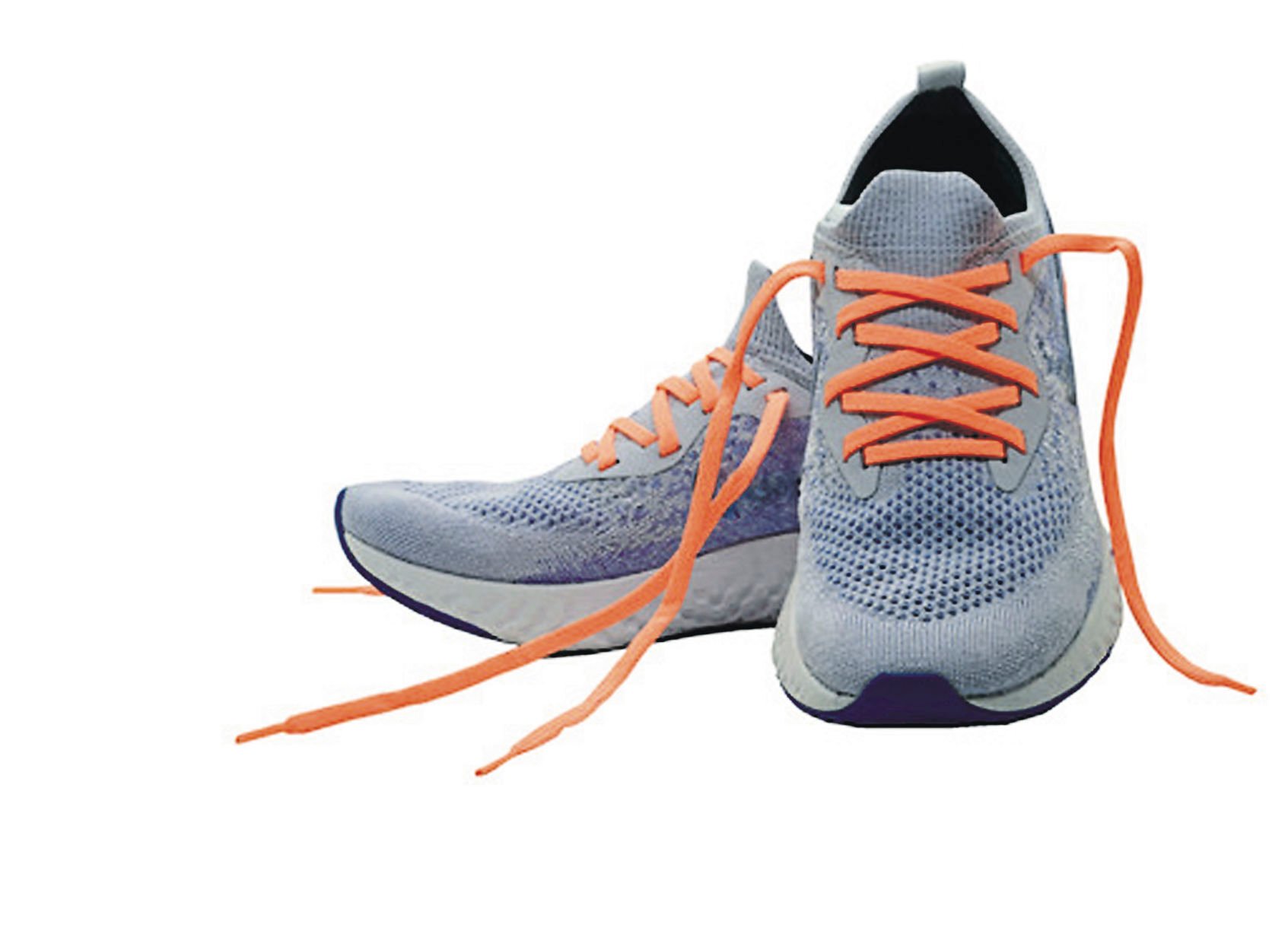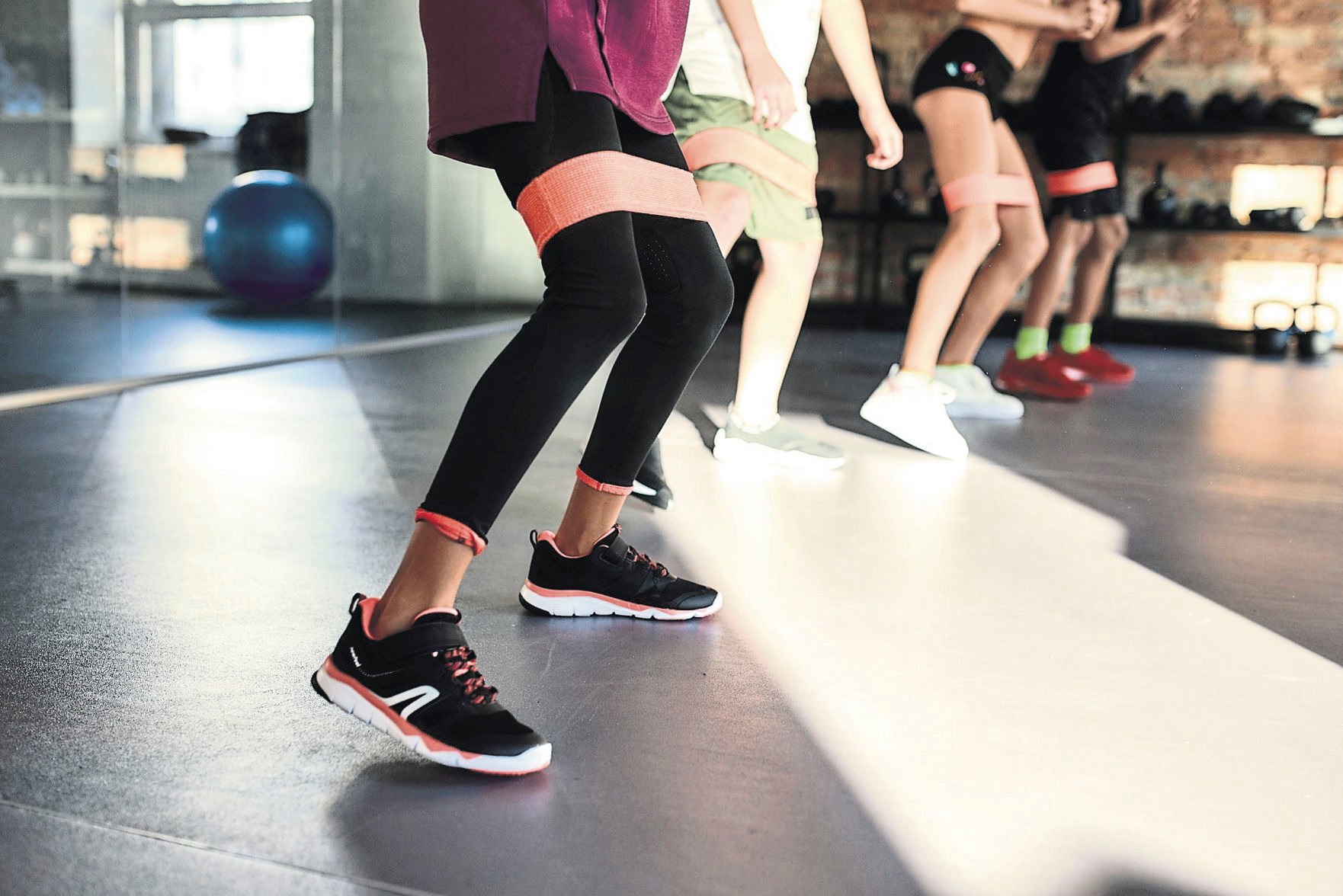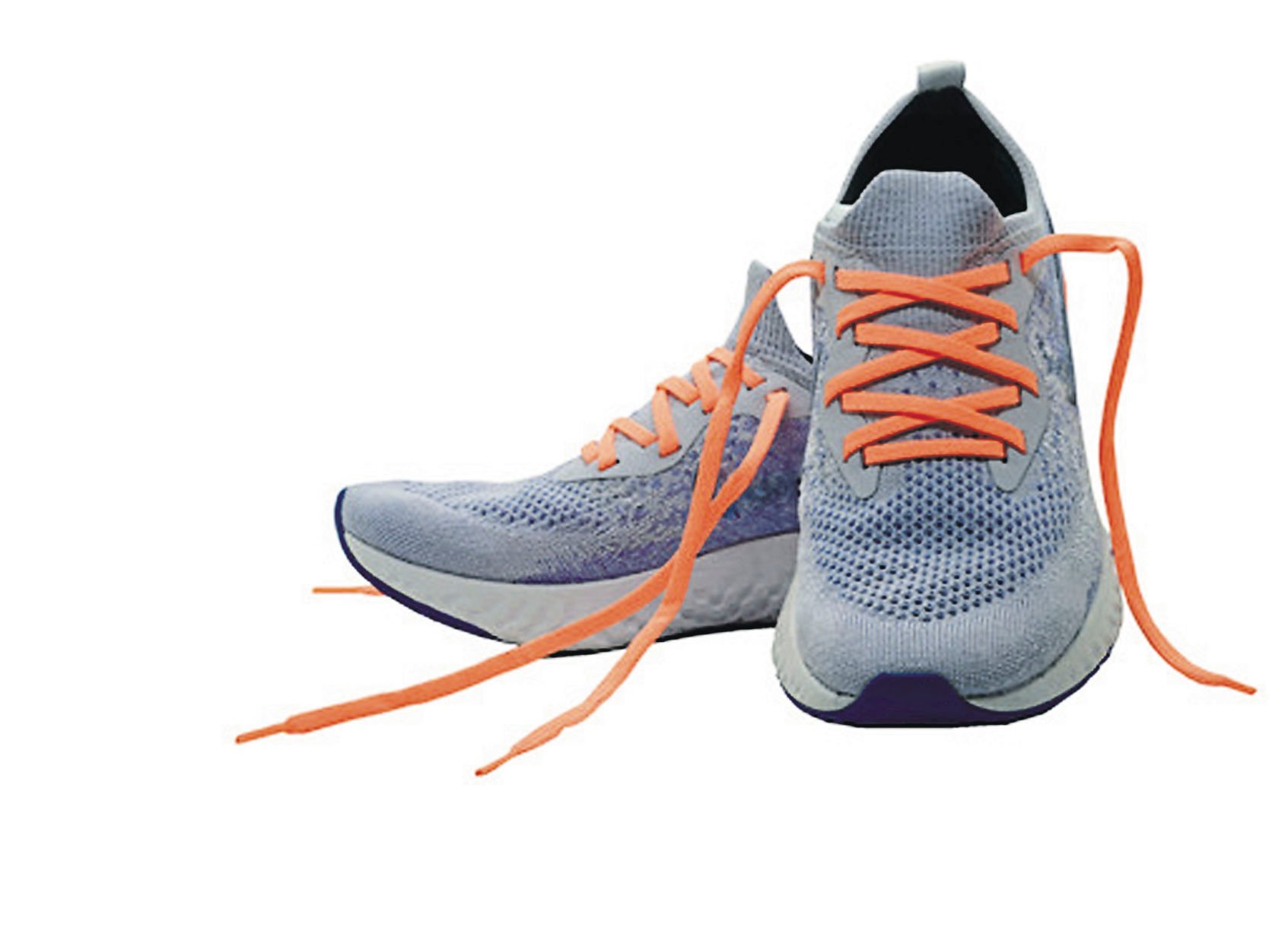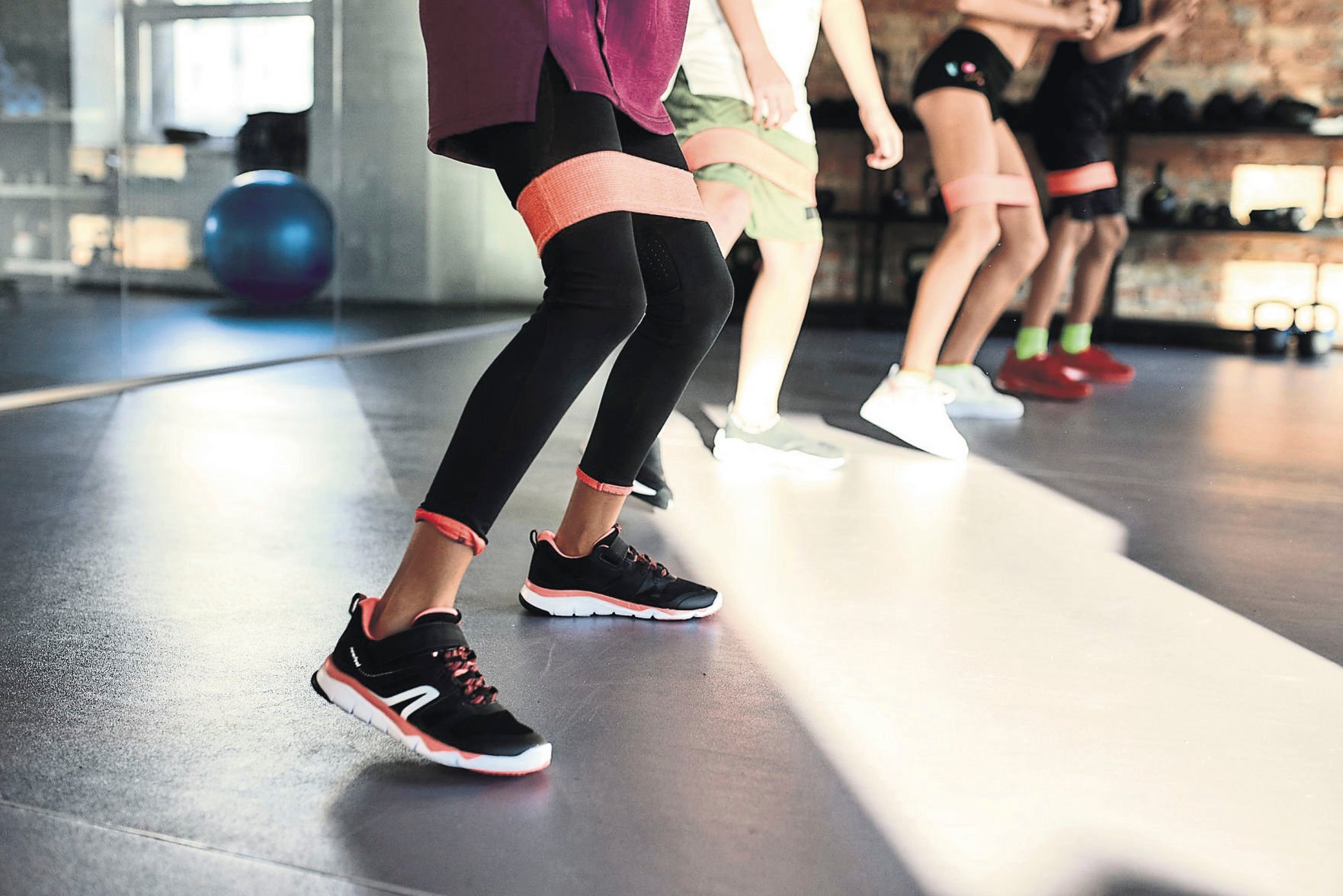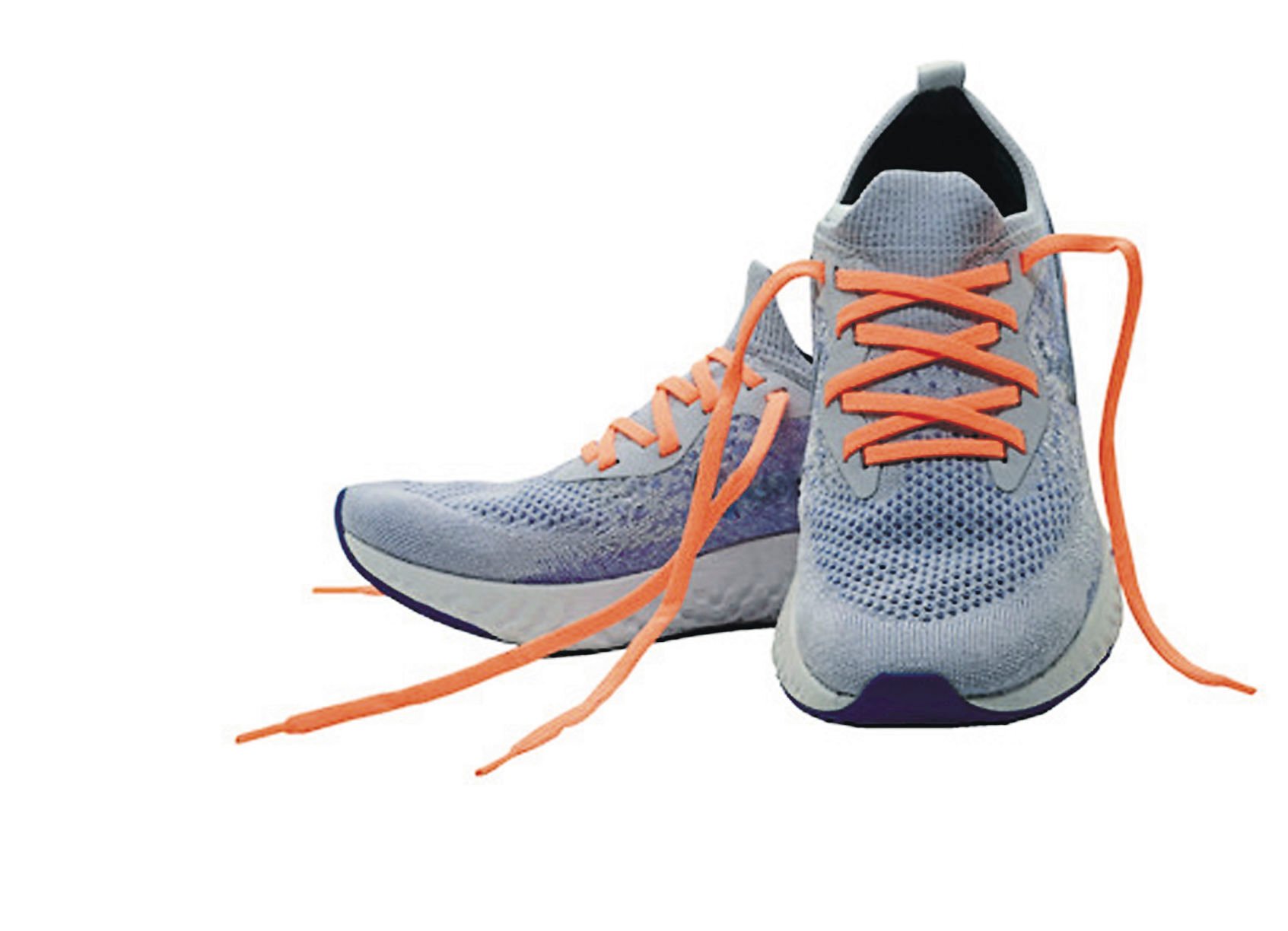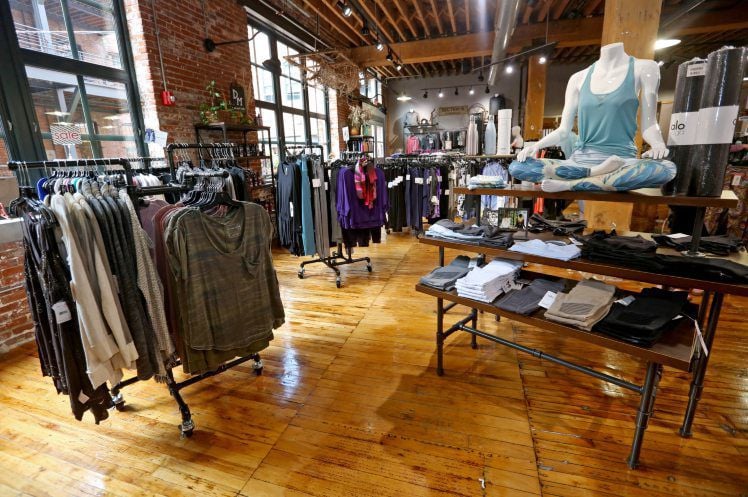Starting a new fitness routine as part of your New Year’s resolutions? Protecting your feet and ankles is critical.
“‘No pain, no gain’ may be a motto for most workouts, but ‘too much, too soon’ can lead to foot and ankle injuries, which can sabotage fitness goals,” said Jeffrey Loveland, a foot and ankle surgeon and fellow member of the American College of Foot and Ankle Surgeons.
As you follow through on your New Year’s resolutions, here’s how to identify and treat common exercise-related foot problems, according to foot and ankle surgeons.
• Playing through an ankle sprain can cause further damage to tendons, which might take longer to heal or possibly require surgery. What’s more, you might be overlooking a serious injury.
“Seek treatment for potentially-sprained ankles right away,” Loveland said. “Untreated or repeated ankle sprains may lead to chronic ankle instability, a condition that causes persistent pain and a ‘giving way’ of the ankle.”
• A stress fracture might feel like an ankle sprain initially, but you’ll also notice swelling without bruising and pain during normal activities or when touching the area. If you experience these symptoms, have your foot and ankle evaluated.
• Loveland said it’s best to seek treatment for pain or swelling around your Achilles tendon post-workout. Untreated Achilles tendonitis might worsen in time, leading to stiffness and fatigue in your injured leg, or even a ruptured tendon, which would require surgery and several months’ rehabilitation.
• If heel pain lasts more than one or two days or worsens when you stand after sitting for extended periods of time, you might have plantar fasciitis, a common overuse injury resulting from inflammation of the tissue extending from your heel to toes. If caught early, your foot and ankle surgeon can recommend
at-home conditioning. In later stages, the problem is harder to treat and takes longer to resolve.
An ounce of prevention is worth a pound of cure, according to foot and ankle surgeons, who offer these healthy tips:
Start gradually Increase the length and intensity of workouts gradually to avoid overuse injuries. Stretch before and afterward.
Dress properly Loveland said shoes that don’t provide arch support or heel cushioning can cause plantar fasciitis, and shoes that are too small can cause a neuroma (a thickening of the nerve tissue), that might require injections, medication or physical therapy. Be sure to also stick to cotton or nonslip socks to avoid blisters.
Use good technique Good form prevents injuries to tendons and ligaments.
“Incorrect posture or misuse of equipment can decrease stabilization in the foot and ankle, leading to joint sprains and muscle strains,” Loveland said.
Avoid bacteria The gym is a breeding ground for fungus, viruses and bacteria, including increasingly common, drug-resistant strains like MRSA (methicillin-resistant Staphylococcus aureus).
“Water shoes provide a barrier between your feet and locker room floors as well as pool decks. Cover cuts, cracks and ingrown toenails, since these areas can act as entry points for bacteria. If you have a red or swollen cut that isn’t healing, have it examined,” Loveland said.
Above all, seek the expertise of a foot and ankle surgeon at signs of injury or pain. To find one near you, use the “find a physician” search tool at FootHealthFacts.org.

